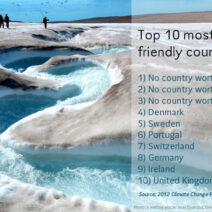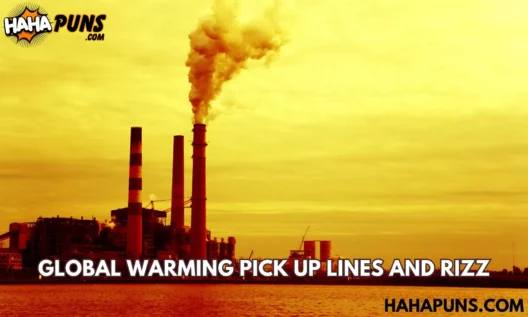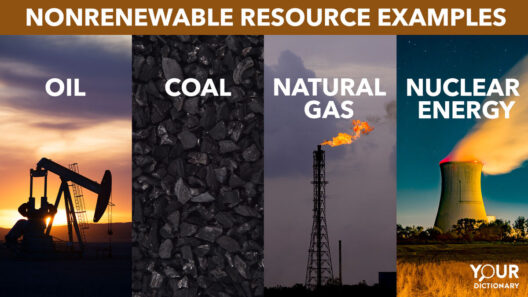When we think about energy, it’s typically in its most visible forms: electricity lighting our homes, gasoline powering our cars, or the warmth radiating from a gas stove. But have you ever pondered the question: What happens to energy when we aren’t using it? It’s a seemingly simple inquiry that opens the door to the expansive concept of energy conservation. Let’s unravel this vital topic through simple examples and illustrations, showcasing why conservation of energy is crucial for our planet.
Conservation of energy is a fundamental principle in physics, stating that energy cannot be created or destroyed—only transformed from one form to another. In a world where resources are finite, understanding and implementing energy conservation can reshape our day-to-day lives and encourage sustainability. But how can we achieve this? What challenges might arise? And more importantly, how can even small actions lead to significant change?
To illustrate conservation of energy, consider the classic example of a pendulum. When you lift a pendulum to its highest point and let it go, it swings back and forth, transferring its potential energy at the peak to kinetic energy when it’s in motion. This cycle continues, demonstrating how energy remains constant but shifts forms. Now, in our lives, this can translate to simple actions such as turning off lights when leaving a room or minimizing reliance on heating and cooling systems.
Let’s examine some everyday situations that exemplify energy conservation. One of the most common practices involves the use of energy-efficient appliances. When you replace a standard incandescent bulb with an LED bulb, you are embracing an energy-saving alternative. Despite using less energy, LED bulbs provide the same amount of light, ultimately conserving vast amounts of electricity. This not only reduces your carbon footprint but also results in lower utility bills—a win-win scenario!
Another poignant example is the insatiable appetite for transportation. Consider public transport systems, which are specifically designed for efficiency. A single bus can replace up to 50 individual cars on the road, reducing the collective energy consumption significantly. However, how often do we choose the convenience of a personal vehicle over a bus or train? This behavioral choice poses a challenge. Could we demand more efficient public systems or dedicate time to plan carpool arrangements?
Household habits can also contribute to energy conservation. Imagine your daily routine: are there appliances left on standby when you’re not using them? This phenomenon, known as “phantom load,” contributes to unnecessary energy consumption. By creating a habit of unplugging electronics or utilizing smart power strips, individuals can curtail this energy waste. Yet, this often requires mindfulness and deliberate action. Are you ready to confront these everyday habits?
When contemplating energy conservation, we cannot overlook the role of renewable energy sources. Solar panels are a prime example of harnessing natural energy for domestic use. By converting sunlight into usable electricity, homeowners can reduce reliance on fossil fuels. However, the transition to such technologies poses challenges—financial investments and infrastructural changes are just the tip of the iceberg. Can we engage our communities to support local investments in sustainable technology?
The impact of energy conservation extends far beyond our immediate environments. Globally, reduced energy consumption correlates with reduced greenhouse gas emissions, mitigating climate change. But what happens when we fail to act? The consequences are dire—extreme weather patterns, dwindling resources, and irreversible ecological damage. This brings us to a critical question: Are we prepared to face the ramifications of inaction for future generations?
Consider also the educational context of energy conservation. Schools are beginning to serve as models for sustainable practices. Programs encouraging students to engage in energy audits of their buildings serve dual purposes: they educate young minds while simultaneously reducing waste on campus. When students learn about energy conservation early on, they become advocates for change in their households and communities. Yet, how can we ensure these initiatives are implemented effectively? What resources are needed to support educators?
The conversation about conservation can extend into public policy as well. Governments can enact regulations that promote energy efficiency across various industries. Incentives for businesses to adopt renewable energy sources reflect an understanding of the larger environmental crisis we face. However, these policy changes often meet resistance from vested interests. How might we advocate for environmentally sound policies amidst competing economic agendas?
Ultimately, the essence of conserving energy rests in our choices—both individually and collectively. By modifying our lifestyles, advocating for sustainable practices, and supporting innovation, we can circumvent impulsive energy consumption. Every small action contributes to a broader tapestry of conservation efforts. But will we rise to the challenge? Are we equipped to champion this pivotal cause for the benefit of our planet?
In summary, energy conservation encapsulates an essential truth: our planet’s resources are finite, and our actions matter. Through mindful choices, community engagement, and policy advocacy, we can lead a transformative journey towards sustainability. The time to embrace conservation is now; it is not merely a duty but a legacy we owe to future generations.








